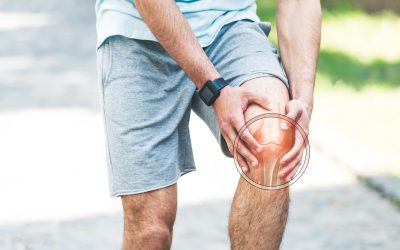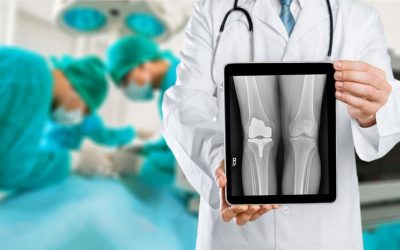Hip and Knee Pain

The Hip and Knee are the largest joints in the body and also come with the largest muscles, bones, and ligaments. They are also the areas of the body that we demand the most from on a daily basis. So, when these joints or muscles start to show where it can become difficult to move around the house or enjoy our family and hobbies – at least without pain
For this exact reason, it is crucial to not delay treatment for your hip and knee pain and seek your Physical Therapist as soon as possible.
Time and time again, physical therapy has been able to save people from having to have surgery, take medications or painful injections, and allows patients to rebound quickly from conservative treatment.
What can I do to decrease my hip pain?
The hip is one of the most common joints to cause pain. From a worn joint to pinched nerves, hip pain can be caused by overuse or osteoarthritic, but this painful joint deterioration can also be caused by old injuries. Repetitive motion sometimes leads to hip bursitis, in which fluid-filled sacs around your hips become inflamed.
Our Physical Therapists will give you a full evaluation, assessing your range of motion, level of pain, and whether the discomfort also radiates into your buttocks, thighs and groin. Based on this evaluation and existing medical tests, we’ll work on flexibility and strength exercises, as well as give you movement strategies to manage the pain.
What can I do about knee pain?
The knee is a sensitive area of the body and one that can be injured doing almost any activity. The knee is normally exposed and vulnerable and a simple twist can lead to a serious injury as well as ongoing problems and a long recovery time. Knee pain can be caused by arthritis and bursitis or sports injuries causing a tear in your anterior cruciate ligament (ACL).
Even a sudden twisting motion can lead to tearing the meniscus which can create a painful locking of the knee. Also, with knee injuries, it is not uncommon that the change in gait or walking will lead to further injury in the foot, ankle, or even back.
Our highly skilled team of Physical Therapists will evaluate your knee conditions, level of pain, and how far you can bend your knee. Physical therapy will help decrease your pain, identify the true cause of your symptoms and then promote flexibility and strong joints to allow a return to healthy living.
Ready to learn more? Explore our related posts below all written by our own team at Hampton Physical Therapy.
Posts About Hip and Knee Pain
Manipulating Lower Extremities Helps Reduce Walking Pain
BY Dylan Chisholm, PT, DPT, cert. DN, cert. VRS Many people will attain medical professionals, including physical therapists, for spinal manipulations for their acute or chronic lower back, neck or mid back pain in hopes of alleviating their ongoing pain or related...
Hiking and Knee Pain ~ How PT Can Help
By Nicole Carville, PT, DPT We are getting close to that time of the year where the nights get colder, the leaves start changing color and pumpkin is everywhere! Right around this time of year, a lot of us also decide to lace up our dusty hiking boots and head to the...
Needing a Knee Replacement? What to expect…
by KRISTIN KEAFER DPT, Hampton Physical Therapy Osteoarthritis is a degenerative process over time where the cartilage at the ends of your bones starts to “wear and tear”. Many different joints throughout your body may be affected with age related changes and the knee...
Send Us A Message
Locations

Hampton Clinic
881 Lafayette Rd (Route 1) Unit K (last unit on the left - across from Hampton Health/Core)
Hampton, NH, 03842
(603) 929-2880 FAX (603) 929-1296
Mon-Thu 7am-7pm - Fri 7am - 6pm

Hampton South Clinic

Seabrook Clinic
920 Lafayette Rd (Route 1) Unit 2 (second floor of Seacoast Sports Club)
Seabrook, NH, 03874
(603) 474-2259 FAX (603) 474-2253
Mon-Thu 7am-7pm - Fri 7am - 6pm



